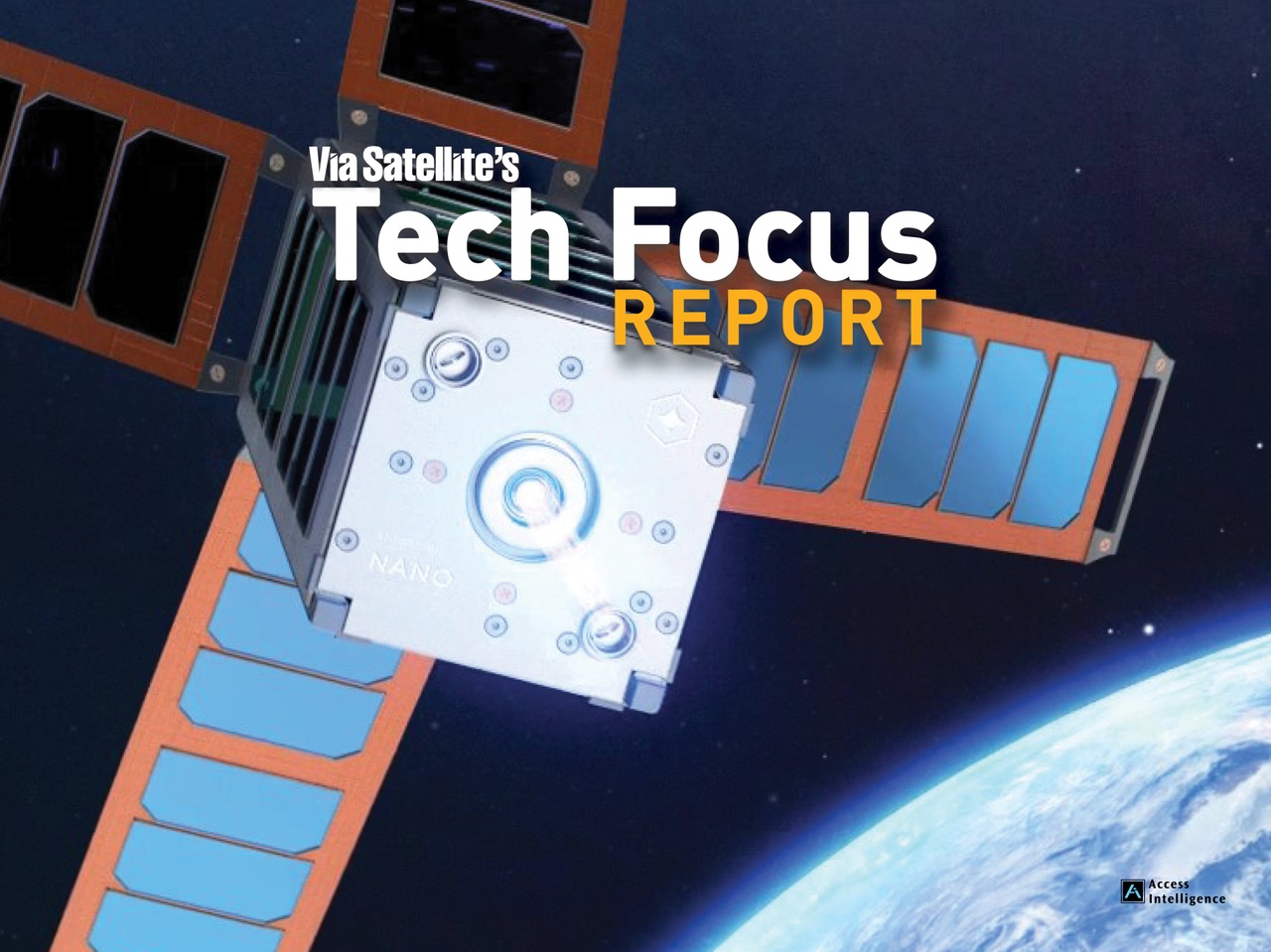
Enabling More Resilient and Sustainable Space Missions with VLEO Platforms
Redwire stands ready to help the U.S. and its allies leverage VLEO to build resilient systems that enable deterrence in the space domain.July 24th, 2023The U.S. Department of Defense seeks access to resilient, proliferated, and diverse mission architectures — and diversification includes the altitudes at which operations can take place.
Very-low Earth orbit (VLEO), at less than 300 km, represents a largely untapped domain between Earth’s atmosphere and outer space. To date there have been few missions in VLEO and most have been for research and development to overcome some of the environment’s unique engineering challenges.
Low Earth orbit (LEO) — up to 2,000 km — is becoming increasingly congested as new satellites reach orbit every few days. Contention in LEO has also heightened in recent years as modern conflicts illuminate how essential space infrastructure is to successful operations across all domains and Great Power Competition extends into the celestial sphere. This has led the space community to seek proliferated solutions in alternative orbits.

The VLEO Advantage
VLEO holds many strategic benefits to complement and augment existing constellations and ground architecture.
Proximity: Chief among VLEO’s many strengths is proximity — and this applies when looking both “up” and “down.”
For Earth observation, VLEO positions satellites twice as close to Earth and enhances the utility of smaller payloads for more detailed terrestrial insights at a lower cost. In VLEO, the same small satellite can deliver higher resolution imagery than it could in LEO. Better proximity enhances numerous other applications: improved signal to noise ratio for optical and RF imaging; greater sensitivity for RF signal monitoring; and lower latency for communications.
For Space Domain Awareness (SDA) missions, VLEO provides a unique vantage point from which to observe spacecraft and orbital debris compared with ground systems and other satellites required to monitor a 360-degree sphere around them in LEO. This proximity unlocks the ability to tap into significant tracking improvements.
Resiliency & Sustainability: VLEO affords greater resiliency as it is above the reach of airborne anti-access/area denial tactics and below LEO's threats of excess debris and adversarial aggression. Additionally, VLEO is a self-cleaning orbit in which debris deorbits in hours or days rather than decades, minimizing conjunction probability and reducing the amount of propellant allocated for collision avoidance maneuvers.
Mobility: The increased drag in VLEO is better suited for maneuverability in a dynamic operational environment. The higher atmospheric density enables braking maneuvers during which a spacecraft turns partially broadside to slow down and lower its altitude without the need for propulsion.
Optional Air Breathing: At certain altitudes in VLEO, a spacecraft can generate fuel from the surrounding environment by collecting more atomic oxygen and nitrogen than it expels. This enables maneuver without regret and can significantly extend a satellite’s operational life.
Blazing a New Orbit
Use of VLEO is nascent when compared with LEO and GEO, but like other orbits, VLEO can accommodate a variety of systems and payload sizes for myriad applications in communications, Earth science, navigation, SDA, and RF signal monitoring.
Also, like other orbits, VLEO is not without challenges. Though the denser atmosphere facilitates maneuverability, the increased drag requires stronger propulsion capabilities. Excess atomic oxygen in VLEO leads to earlier degradation of spacecraft surfaces if heightened thermal protection and structural integrity aren’t core to the system design. This is why partnering with experienced platform providers is essential.
On both sides of the Atlantic, space infrastructure leader Redwire is accelerating VLEO missions from notional to operational. This year, the company introduced two flexible, resilient, and cost-effective VLEO platforms:

SabreSat
Designed in the U.S., SabreSat has drawn a lot of attention for its distinctive, dart-like shape. Built primarily for government ISR missions, SabreSat aims to host payloads up to 200 kg and leverages bulkheads to add modular payloads without requiring a full system redesign. In addition to traditional electric propulsion, SabreSat offers a life-extending air breathing option.
Phantom
Phantom is a smaller VLEO platform with a cost-effective mission life of up to 5 years. Phantom is being developed by Redwire’s European business in Belgium. This platform is compatible with small satellite launchers and is built for affordability and reliability. Notable design elements include aerodynamics that use less propellant, the incorporation of off-the-shelf materials, and no fuel requirement to deorbit.
Though these two VLEO spacecraft share the common goal of enabling sustained operations in a challenging environment, they have different technological baselines and performance parameters. These distinctions reflect the demand to engineer tailored solutions for both the U.S. and European markets, which have different missions, technical requirements, and policies.
For both spacecraft, Redwire applies digital engineering techniques to simulate VLEO mission use cases and to test a range of platform configurations to optimize drag and propulsion at various altitudes.

VLEO Platform Use Cases
ESA’s SkimSat: The European Space Agency selected Thales Alenia Space and Redwire to build a Phantom demonstrator for its Skimsat program, which has the goal to reduce the cost of Earth observation while increasing performance by operating at lower altitudes. The Skimsat team expects the project to transition from the design to implementation phase as early as 2025 with a target launch date of early 2028.

Enabling Resiliency with Heritage + Innovation
Redwire calls upon its decades of flight heritage in satellite design and development, space systems integration, and on-orbit operations to explore new frontiers on orbit.
VLEO offers a unique opportunity to distribute and diversify space mission capabilities into new reaches of the space domain: a new class of proliferated spacecraft designed with maneuverability in mind, with a unique vantage point for maximizing capabilities aimed at both the Earth and toward higher orbits. These advantages will empower customers to carry out the missions effectively in a contested and evolving environment.
With its unique intersection of heritage, expertise, and innovative capabilities, Redwire stands ready to help the U.S. and its allies leverage VLEO to build resilient systems that enable deterrence in the space domain.










